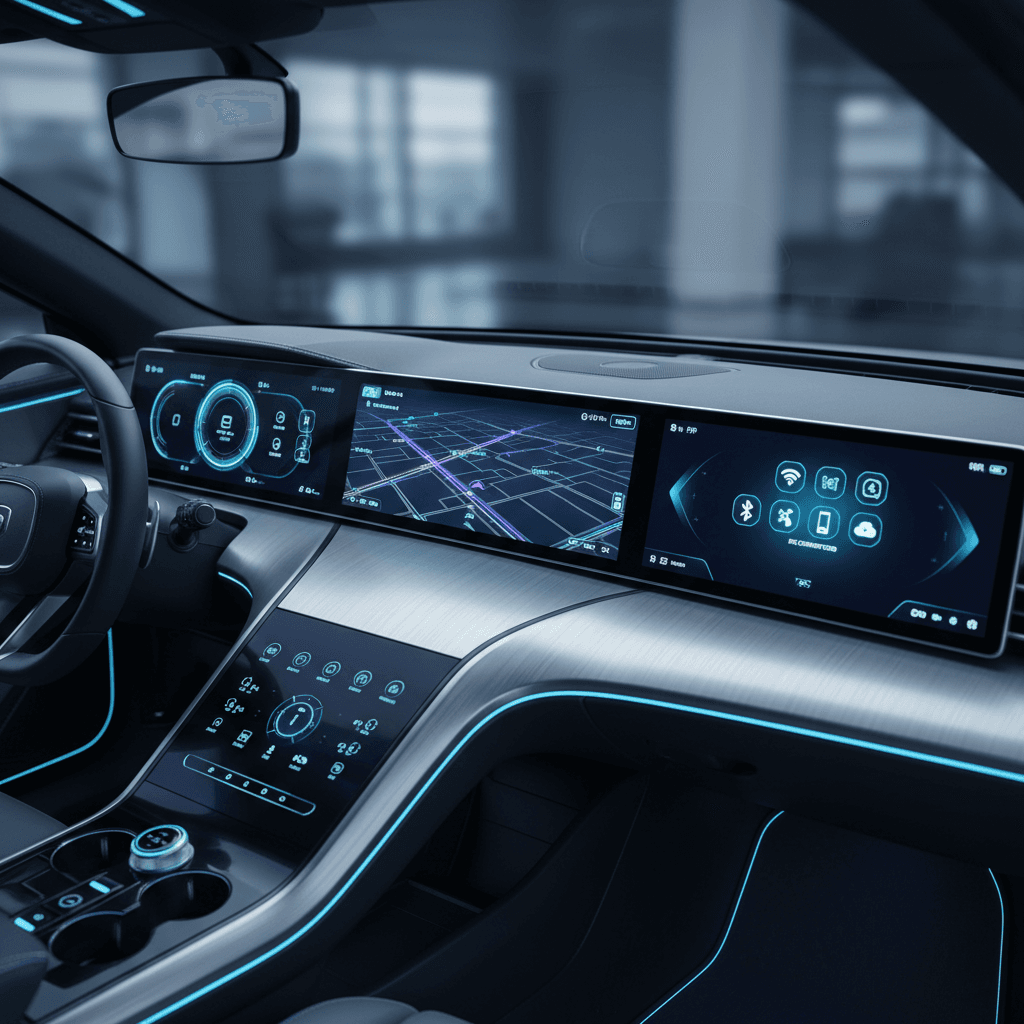Telematics and IoT-based insurance monitoring experienced explosive 42% growth in adoption during 2025, driven by expansion beyond traditional commercial auto applications into workers' compensation, commercial property, equipment coverage, and general liability. Businesses implementing telematics programs are achieving 15-30% premium savings while gaining real-time risk insights that prevent losses before they occur.
The technology shift from annual insurance assessments based on historical data to continuous real-time monitoring fundamentally changes how businesses are underwritten and priced. Instead of paying rates based on industry averages, businesses with strong telematics performance pay for their actual risk profile—creating powerful incentives for safety improvements and operational excellence.
Beyond Commercial Auto: New Telematics Applications
Workers' Compensation Telematics
Wearable Safety Devices:
- Hard hat sensors detecting fatigue, heat stress, proximity to hazards
- Exoskeletons reducing strain injuries
- Wearable cameras providing incident documentation
Premium discounts: 12-22% for comprehensive programs
ROI: 6-18 months (premium savings + injury prevention)
Property Insurance IoT
Water leak detection:
- Sensors at water heaters, pipes, HVAC units
- Automatic shutoff when leak detected
- Discount: 8-15%
- Prevention: $50K average water damage claim avoided
Temperature monitoring:
- Protects inventory in cold storage, data centers
- Alerts before equipment failure
- Discount: 5-12%
Security systems + video analytics:
- AI-powered threat detection
- Verified alarm monitoring
- Discount: 10-18%
Equipment Breakdown Coverage
Predictive maintenance sensors:
- Monitor vibration, temperature, pressure
- Predict failures before occurrence
- Discount: 8-15%
- Avoided downtime: $15K-75K per prevented failure
Key Takeaways
Telematics saves money: 15-30% premium reductions are standard for businesses with strong programs.
It's expanding rapidly: No longer just for commercial auto—available for workers comp, property, equipment, and liability.
ROI is strong: Most programs pay for themselves within 6-18 months through premium savings alone (before counting loss prevention).
Data quality matters: Businesses must commit to using data to improve operations, not just collecting it for discount.
Privacy concerns exist but are manageable: Clear policies about data usage and employee transparency are essential.
Telematics represents the future of commercial insurance—continuous monitoring, real-time risk management, and pricing that rewards actual performance rather than industry averages. Businesses implementing comprehensive IoT programs gain competitive advantages through lower insurance costs, fewer claims, and operational insights that improve profitability beyond insurance savings.
Interested in telematics programs for your business? Implementing IoT monitoring requires selecting the right technology, ensuring carrier acceptance, and maximizing premium discounts. Work with insurance professionals who understand telematics programs and can help you access the best solutions for your industry.
Sources: Insurance IoT Market Report 2025, Telematics Industry Survey, carrier program disclosures, NCCI telematics research
